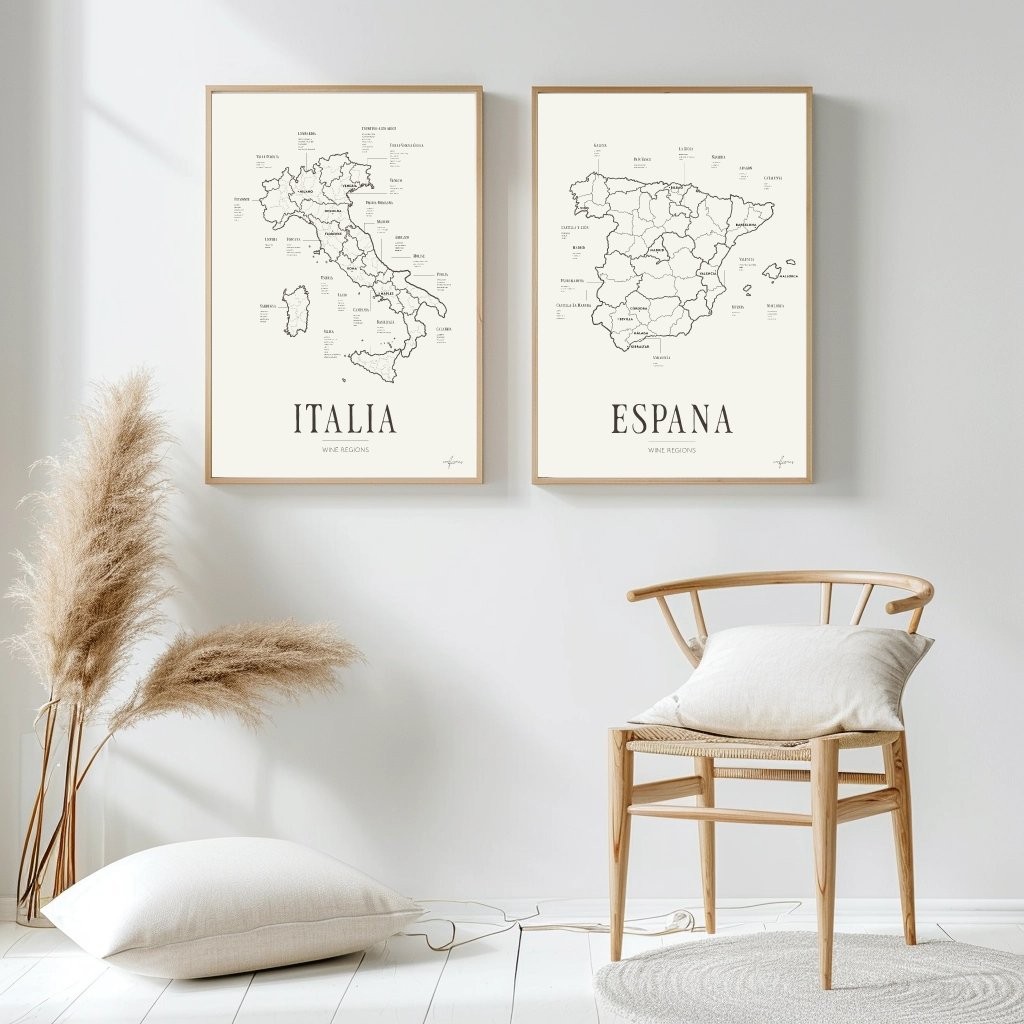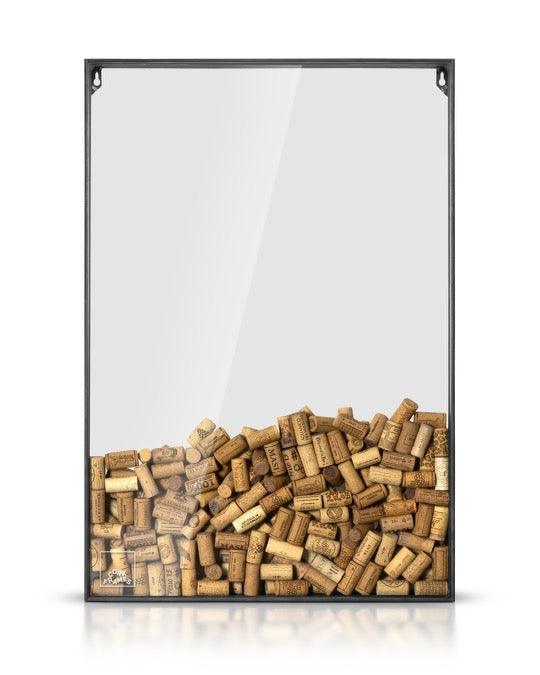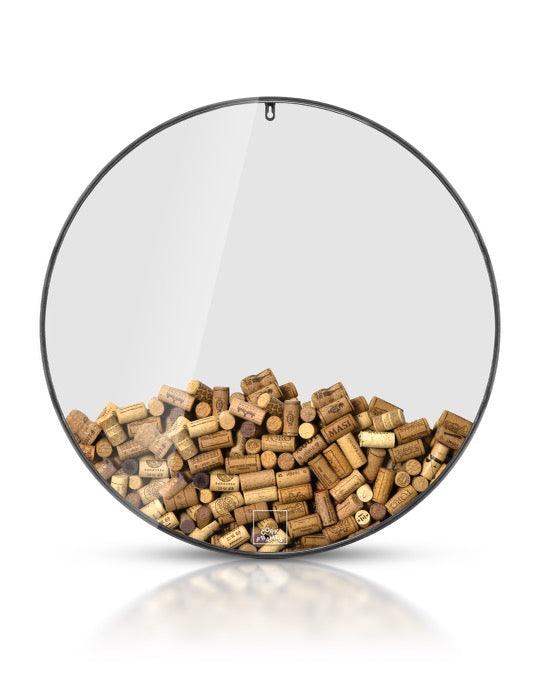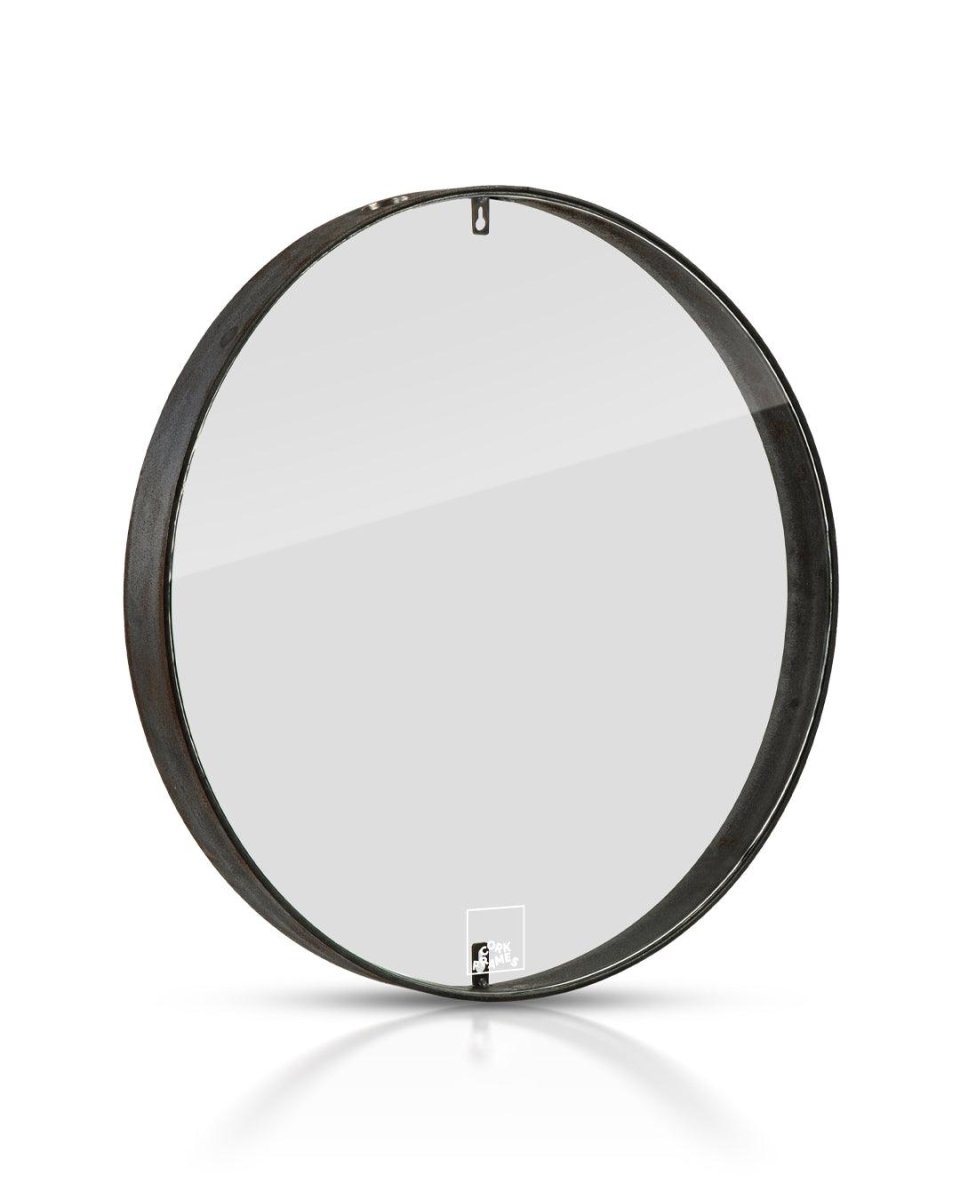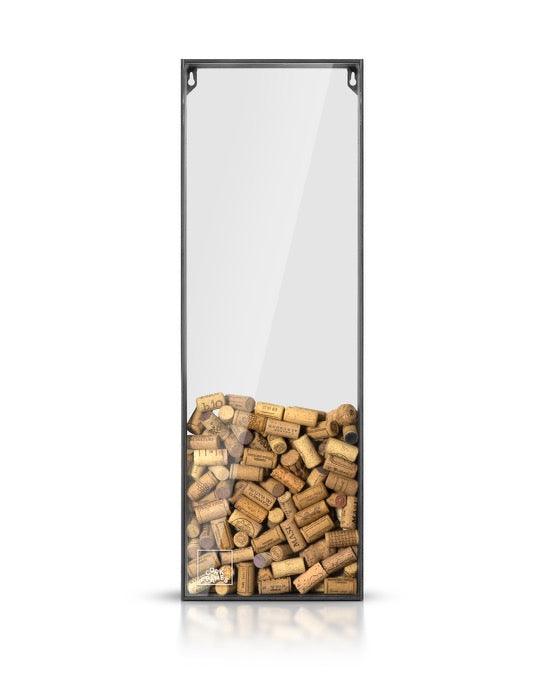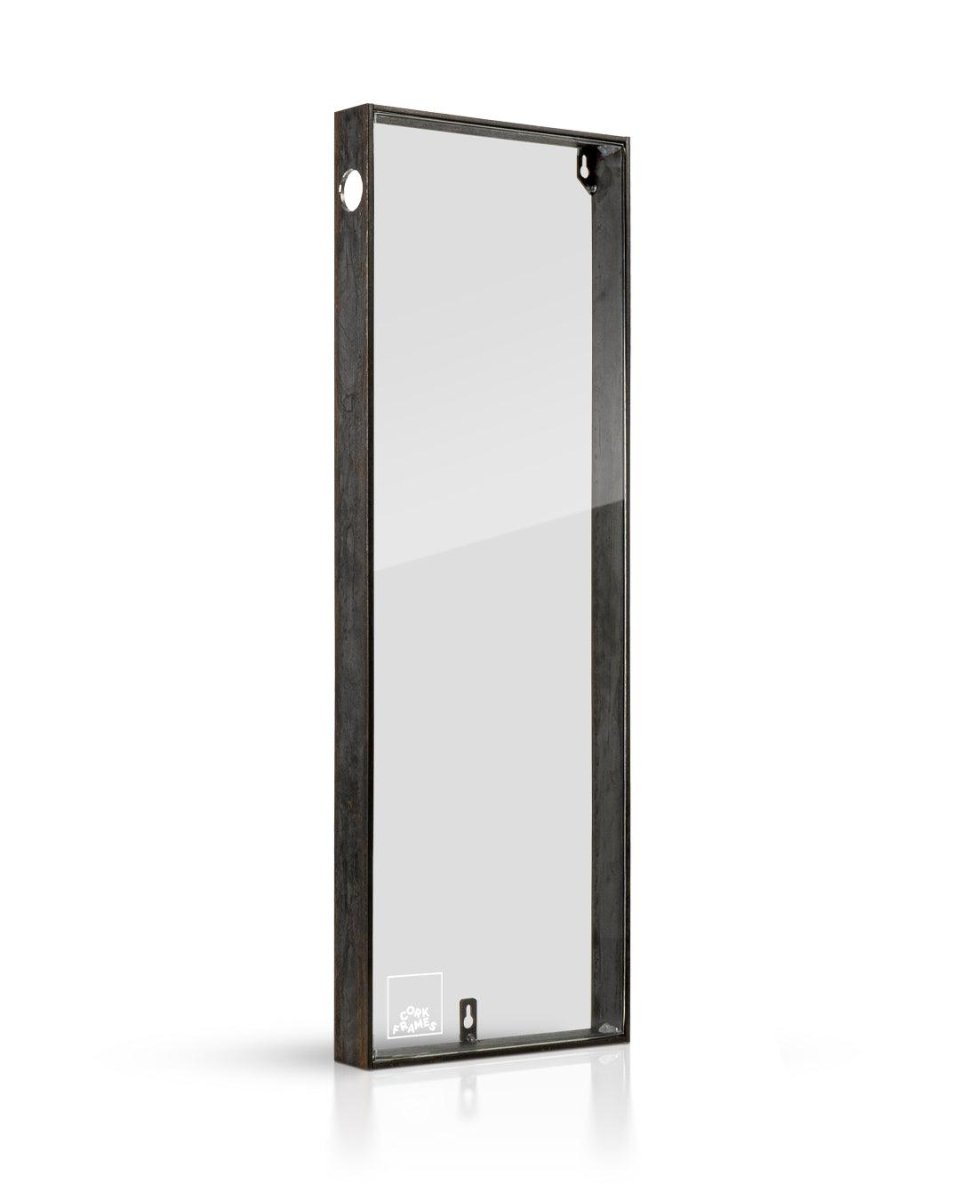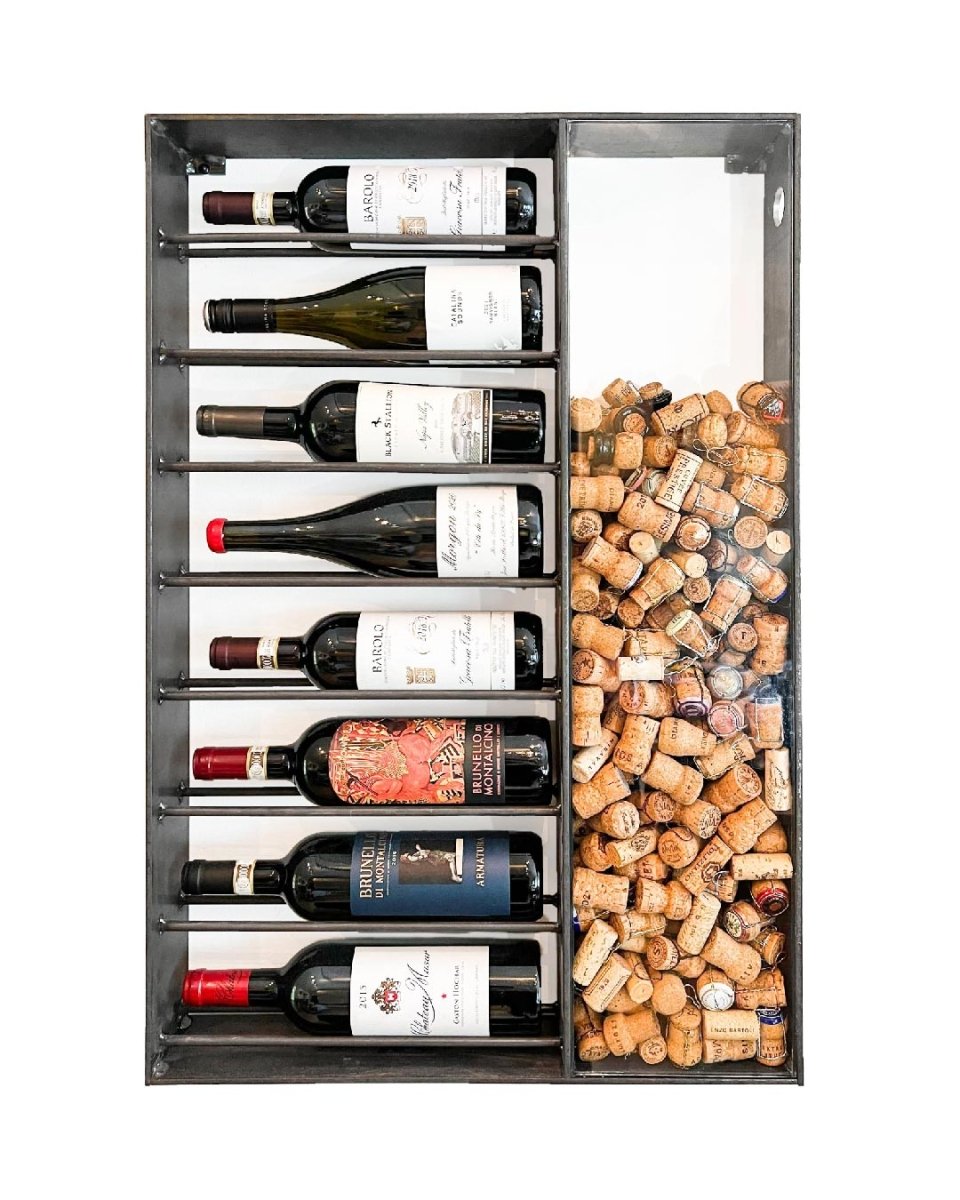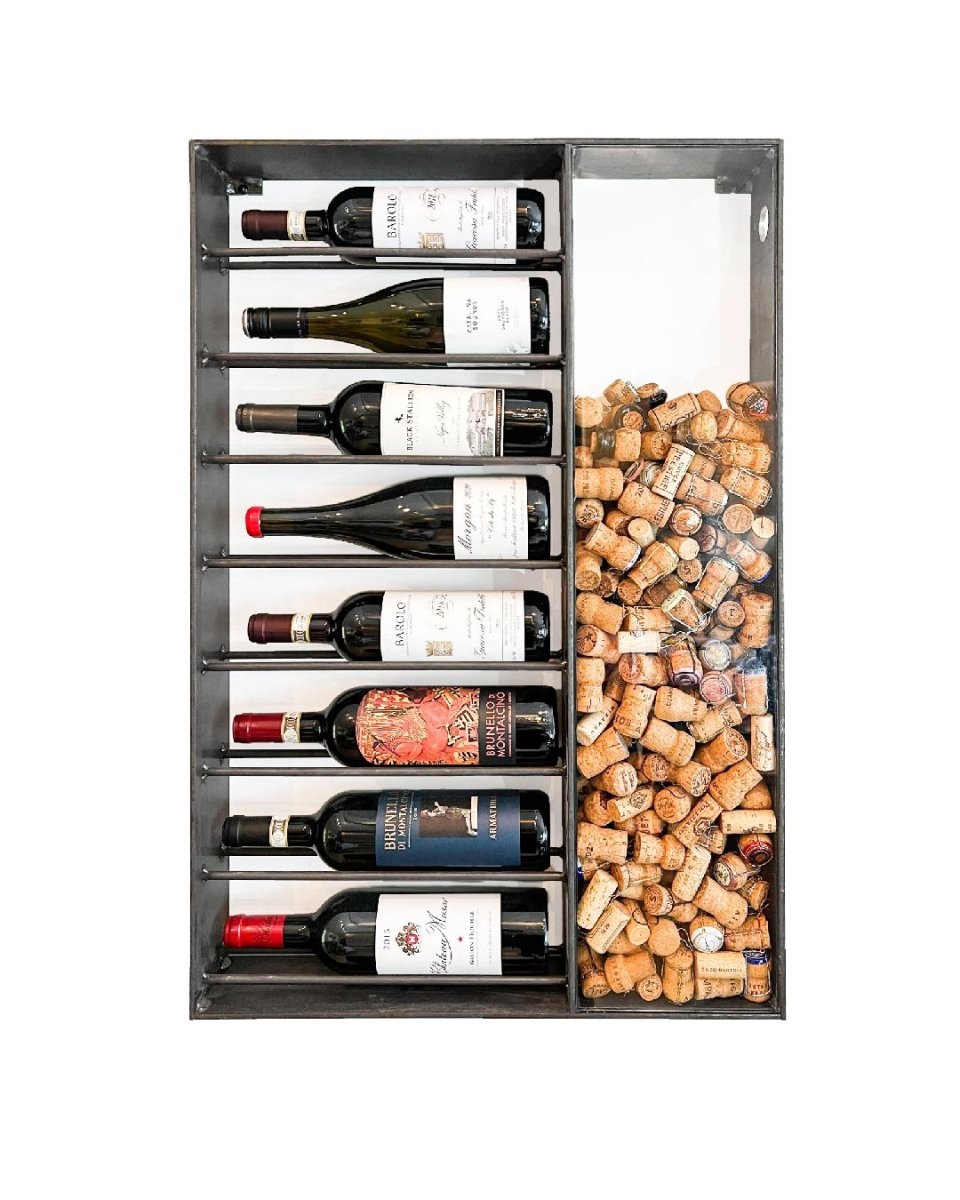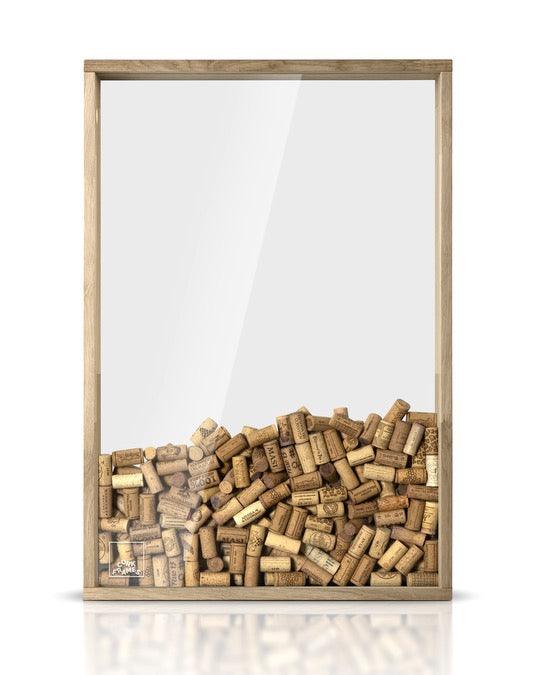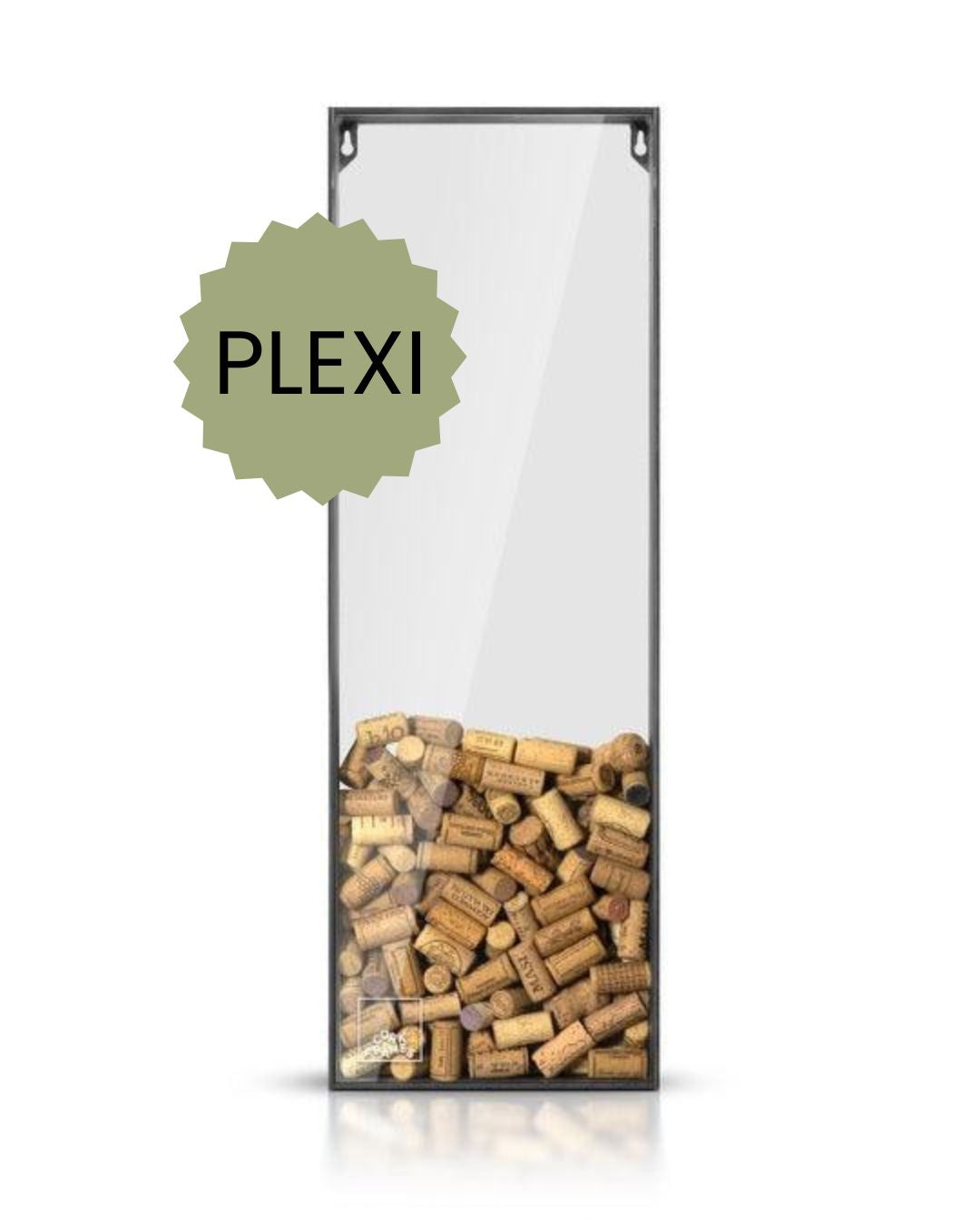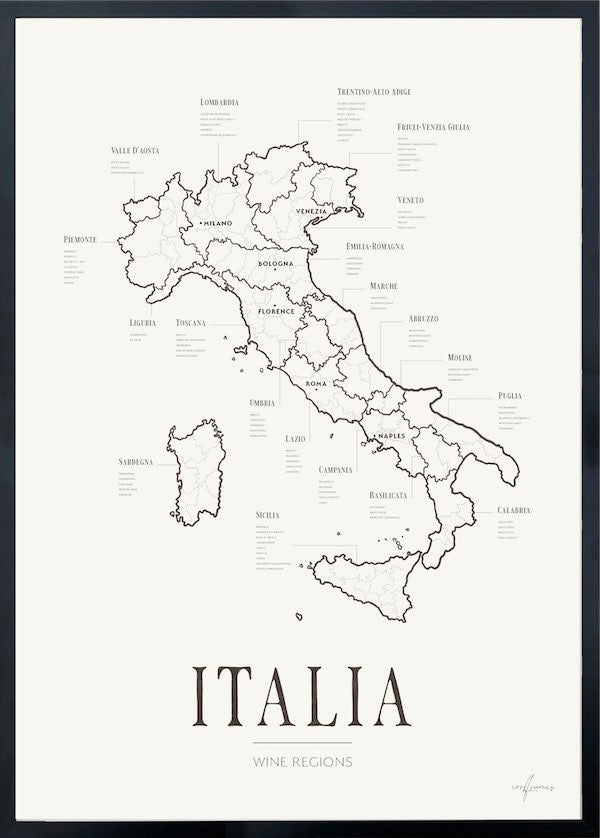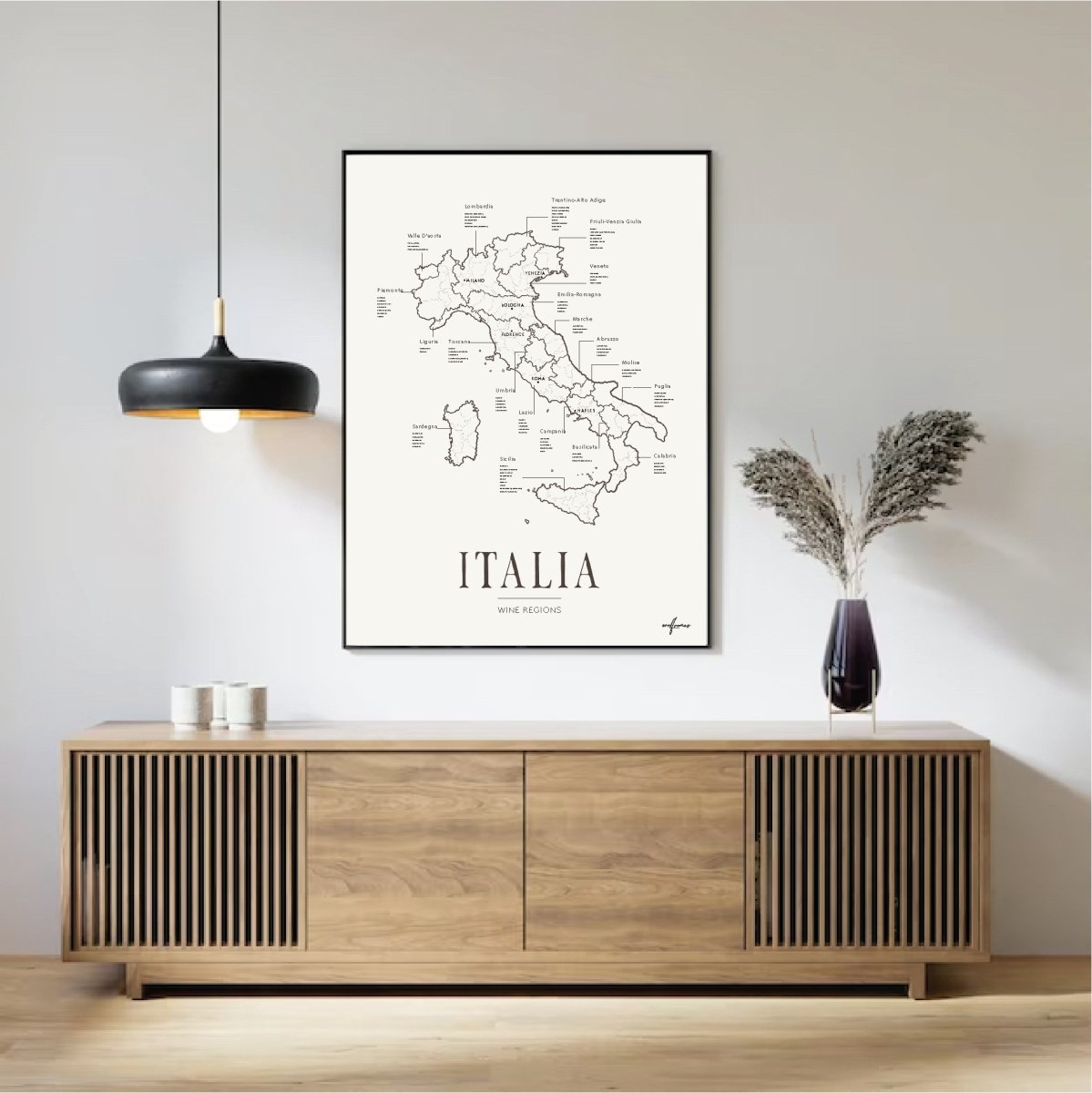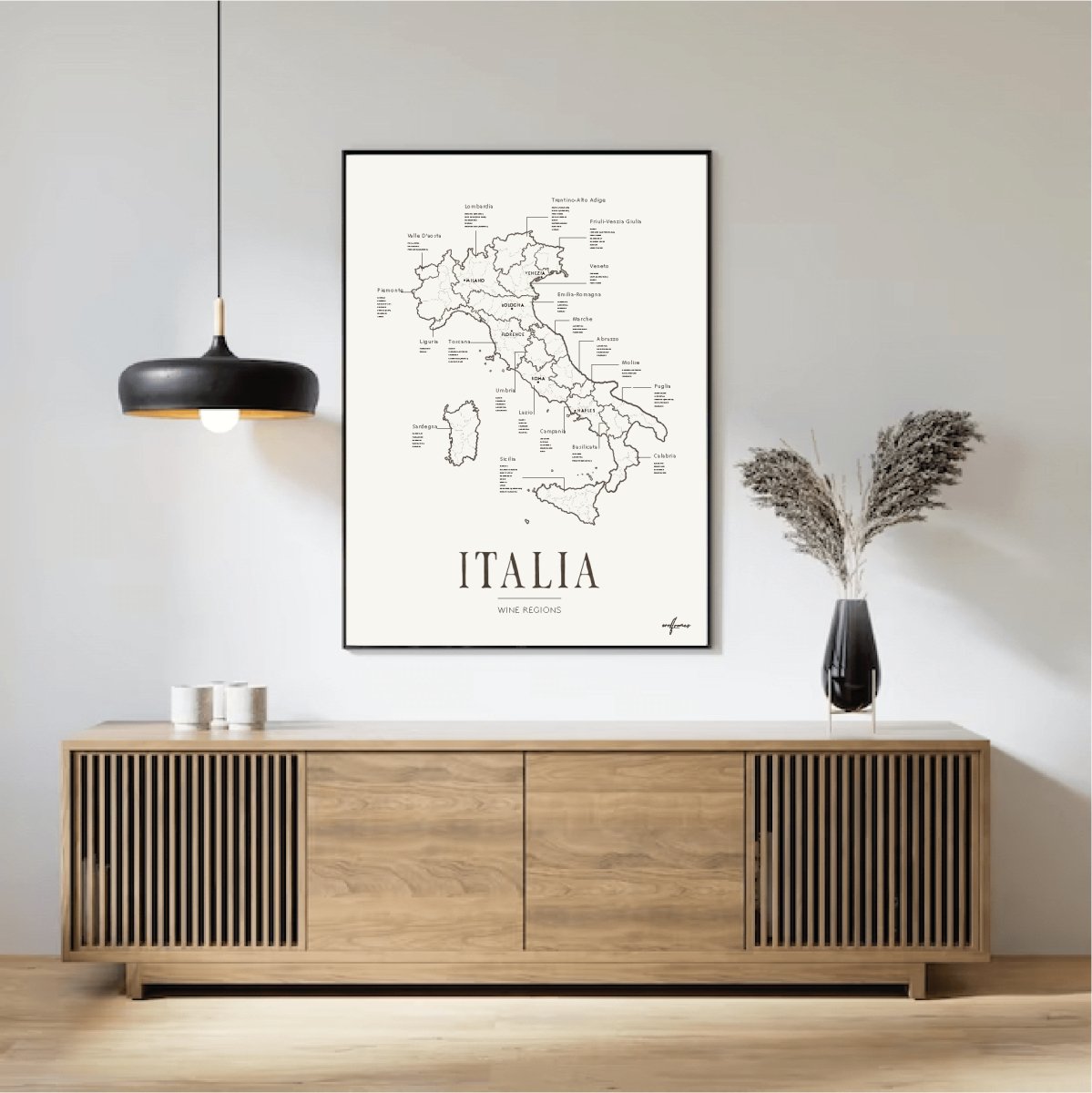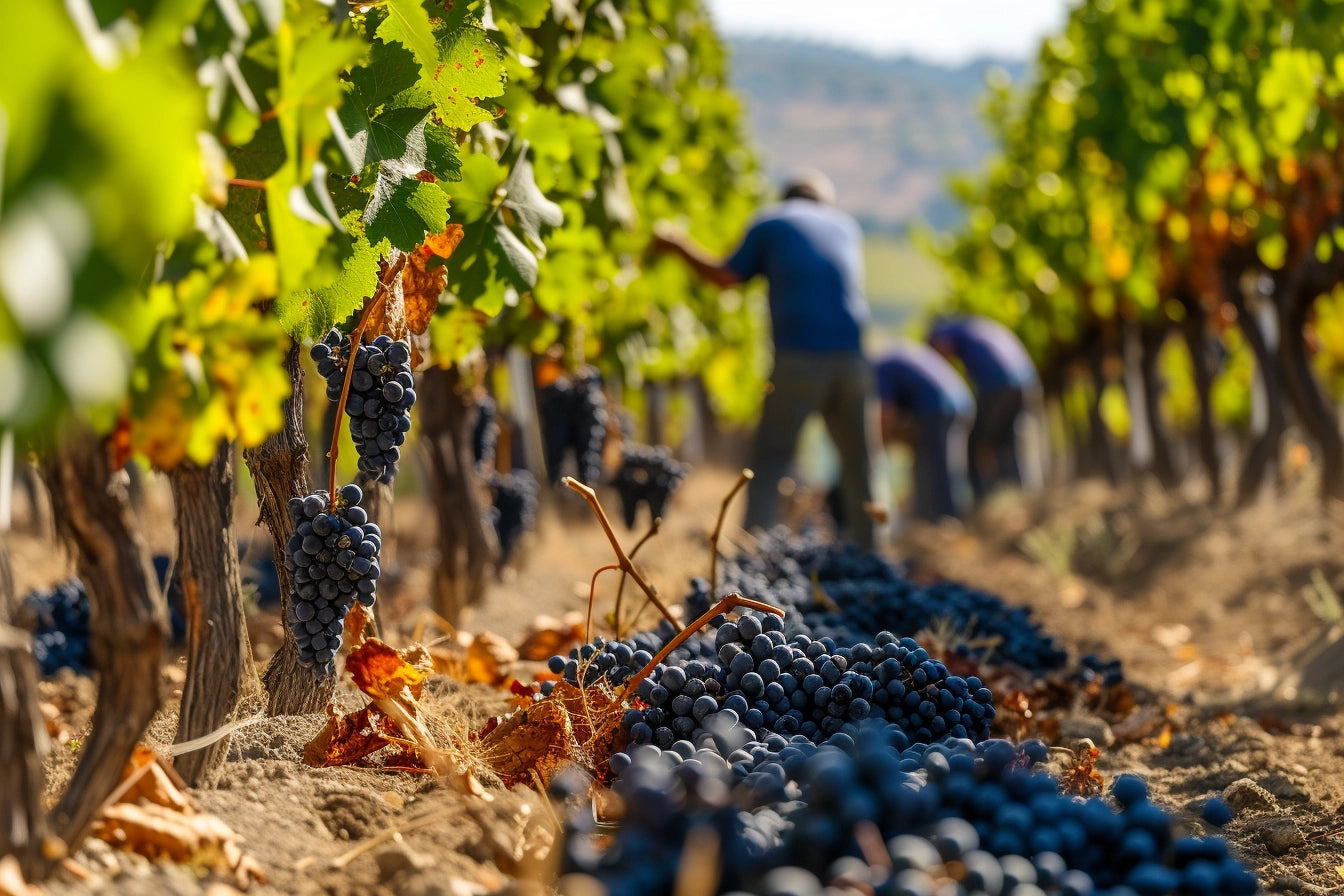Wine and cheese have been paired together for centuries, creating a classic combination that is beloved by many. The harmony between wine and cheese is not a coincidence but rather a result of complementary flavors, textures, and cultural traditions.
One of the primary reasons wine and cheese pair so well is due to their contrasting yet complementary taste profiles. Cheese, often rich, creamy, and sometimes salty, finds a perfect balance with the acidity and sweetness of wine. The acidity in wine acts as a palate cleanser, cutting through the richness of the cheese and enhancing its flavors. For instance, a sharp cheddar's robust taste is beautifully balanced by a bold red wine like Cabernet Sauvignon, whose tannins and acidity can stand up to the cheese's intensity.
THE TEXTURE OF CHEESE
Moreover, the texture of cheese plays a significant role in the pairing. Creamy cheeses such as Brie or Camembert pair wonderfully with sparkling wines or Champagne. The bubbles in these wines help to cleanse the palate and add a refreshing contrast to the creamy, buttery texture of the cheese. Harder cheeses, like aged Gouda or Parmesan, with their firmer texture and deeper flavors, often pair best with fuller-bodied wines like an aged Bordeaux or a rich, nutty Sherry.
THE CULTURAL ASPECT
The cultural aspect of wine and cheese pairing also cannot be overlooked. In many European countries, particularly France and Italy, wine and cheese are not just food items but integral parts of the cultural and culinary heritage. The tradition of enjoying them together has been refined over generations, leading to a deep understanding of how different types of cheese and wine interact. Local wines often pair best with local cheeses, as they share the same terroir, climate, and production techniques.
WHAT IS UMAMI?
Another scientific aspect to consider is the presence of umami in cheese. Umami, often described as the fifth basic taste alongside sweet, sour, salty, and bitter, is a savory flavor that enhances the taste of food. It is characterized by a rich, mouth-filling sensation and is often found in foods high in glutamates, such as aged cheeses, soy sauce, mushrooms, tomatoes, and meats. Umami enhances the overall flavor profile by adding depth and complexity, making dishes taste more satisfying and complete. It was first identified by Japanese scientist Kikunae Ikeda in 1908, who discovered that the amino acid glutamate was responsible for this distinct taste.
Wines with high acidity, like Sauvignon Blanc, or those with a good balance of sweetness and acidity, like Riesling, complement the umami flavor, creating a more complex and enjoyable taste experience.
In conclusion, the perfect pairing of wine and cheese is a delightful dance of flavors and textures, shaped by tradition, science, and the natural affinity of their components. Whether it’s the bright acidity of a Sauvignon Blanc with a tangy goat cheese or the luxurious pairing of a Sauternes with a creamy blue cheese, the right combination can elevate both the wine and the cheese to new culinary heights.



